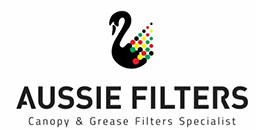Aussie Filters ensures standards compliance & fire safety for kitchen exhaust and filter systems through canopy and duct inspections and scheduled maintenance. We clean and regularly maintain your ventilation systems with safety minded workplace practices when operating machinery and performing our cleaning services to meet the fire safety, health & hygiene standards.
AS/NZS 1668.1:2015
The objective of AS/NZS 1668.1:2015 is “to provide standardized minimum requirements for mechanical air-handling and mechanical smoke control systems for use by designers, installers, inspectors and regulators of these systems”. This Standard does not include the requirements for the maintenance of smoke control systems.
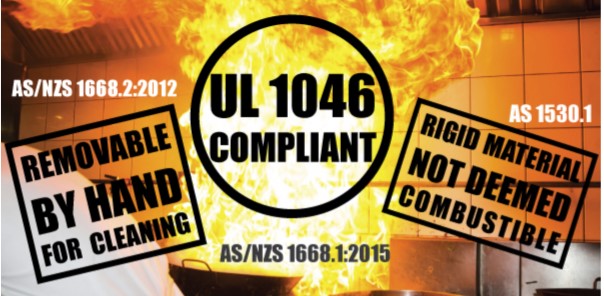
AS 1851-2012

This Standard provides a systematic basis for minimum routine service applicable to fire protection systems and equipment. It also may be used to develop specific routine service requirements for systems or equipment that are part of an alternative solution. It requires evidence, in the form of records and reports of completion of the periodic inspection (including survey), testing and preventive maintenance activities required by this Standard.
National Fire Protection Association (NFPA)
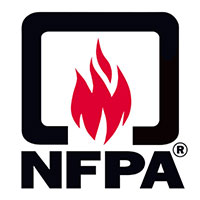
The national Fire protection Association NFPA is a global non-profit organisation established in 1896, devoted to eliminating death, injury, property and economic loss due to fire electrical and related hazards.
NFPA Delivers information and knowledge through more than 300 consensus codes and standards research, training education.
International Kitchen Exhaust Cleaning Association (IKECA)
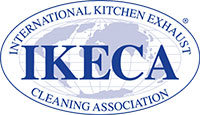
IKECA Members represent the best in the kitchen exhaust cleaning industry. They are proud to have made significant contributions to the decrease in commercial kitchen fires. The current membership is approximately 500 worldwide.
OH&S
Hazards
Kitchen Exhaust – Is there a Safety Problem?
There is a safety problem emanating from commercial exhaust ventilation systems that result in fire incidents, this occurs due to the presence of heat and high fuel loads. When a fire incident takes over a mechanical exhaust system, it generates safety risk and impacts the building which ultimately results in devastating and uncontrollable damages amounting to millions of dollars.
Kitchen Exhaust – What are the Fire Hazards?
In commercial kitchens particularly in restaurants, fire is common as most cooking appliances are frequently ignited. Almost in all cases, kitchen fire incidents involve the kitchen exhaust hood or ductwork. A fire that originates in the kitchen can quickly spread into and up the ductwork system fuelled by the oil and grease within the duct. A fire within the duct can ignite combustible materials outside the duct, via radiant heat transmission or can ignite grease that has leaked out of duct seams spreading fire further out into the building.
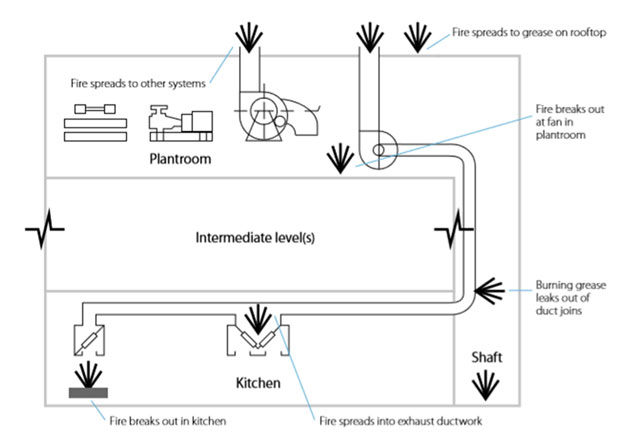
Fire in kitchen spreading into the duct and then fire in duct breaking out to another area.
Identifying the fire Risks
A fire within the duct system generally occurs due to the ignition of flammable material that has built up at the grease filters. The combination of grease (fuel), air movement, and heat can result in a strong and significant fire event. Overall all fire risk analysis fundamentally boils down to the three elements that are required for a fire to occur; fuel, oxygen and ignition, otherwise known as the fire triangle.
Fire prevention must seriously disrupt one or more of these elements, as the fire can’t begin without heat, without fuel the fire can’t grow and without air the fire can’t spread. In a commercial kitchen hood exhaust system, all of these elements are highly prevalent.
What can be disrupted is the fuel component which is grease from the cooking process, which gets sucked into the system with the ventilation air. Grease filters will capture a percentage of this depending on the type of filters, their performance efficiency, installation quality, and cleanliness management. No filters capture 100% of the grease. Any grease that passes the through the filters will eventually build up on the internal hood, duct and fan surfaces. Accumulated grease if not cleaned routinely can leak out through duct seams and flood the surrounding ductwork, making it ripe for ignition.
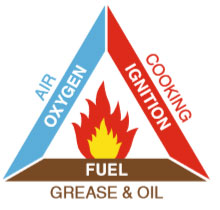
The Fire Triangle – fuel/heat/oxygen = (grease/flame/air)
Insurance
Our services are insured for Public Liability and Workers Compensation.
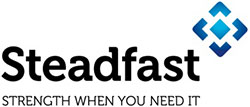
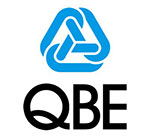
Public Liability Insurance covers up to $20 million.
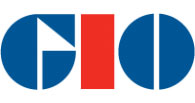
Workers Compensation limit up to $50 million.
